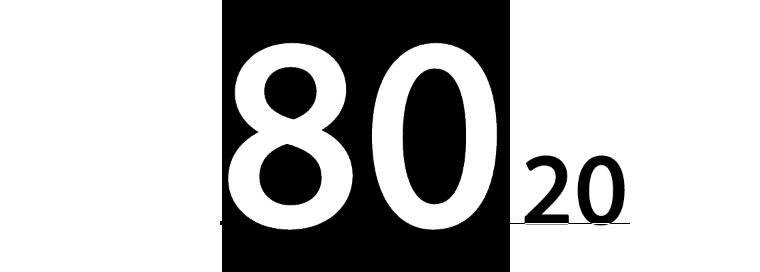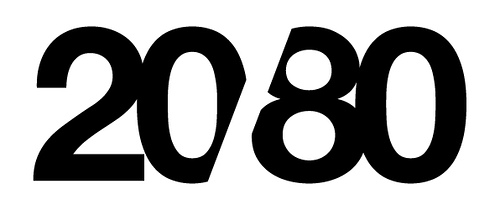
Understanding the Pareto Principle
The Pareto Principle (called also “the Law of the Vital Few” and “the Principle of Factor Sparsity”) is named after Italian economist Vilfredo Pareto (1848-1923), who found, in 1906, that 80% of the land in Italy was owned by a few powerful people (20% of the population).
The idea is simple: the 80/20 rule shows an unequal connection between inputs and outputs: 80% of the effects come from 20% of the causes.
The 80/20 Rule Examples
The Pareto Principle was proved to be operating in many arenas:
20% of your time can produce 80% of your results.
20% of your customers represent 80% of your sales.
80% of customer complaints come from 20% of clients.
20% of the salespeople make 80% of the sales.
80% of your Web traffic come from 20% of your keywords.
20% of the people in any given company earn 80% of the profits.
20% of the healthcare patients use 80% of the healthcare resources.
80% of your social sharing comes from 20% of your social updates.
Software engineers spend 80% of their time on 20% of the software’s features.
80% of crimes are committed by 20% of the criminals.
How to use the Pareto Principle to Grow Your Business
The 80/20 Rule is an interesting tool for growing your business by providing powerful applications in marketing and strategy.
9 Powerful Ways to Use the Pareto Principle in Marketing | by @neilpatel https://t.co/kB6FxO7tUg
— Entrepreneur (@Entrepreneur) 20 avril 2016
If 80 percent of your profits comes from around 20% of your buyers, you need to identify those clients (psychographic and demographic study) to better target them and find more customers like them.
6 Business Power Extensions for 80/20 https://t.co/zMgdz9KDGd
— Perry Marshall (@PerryMarshall) 5 mai 2016













